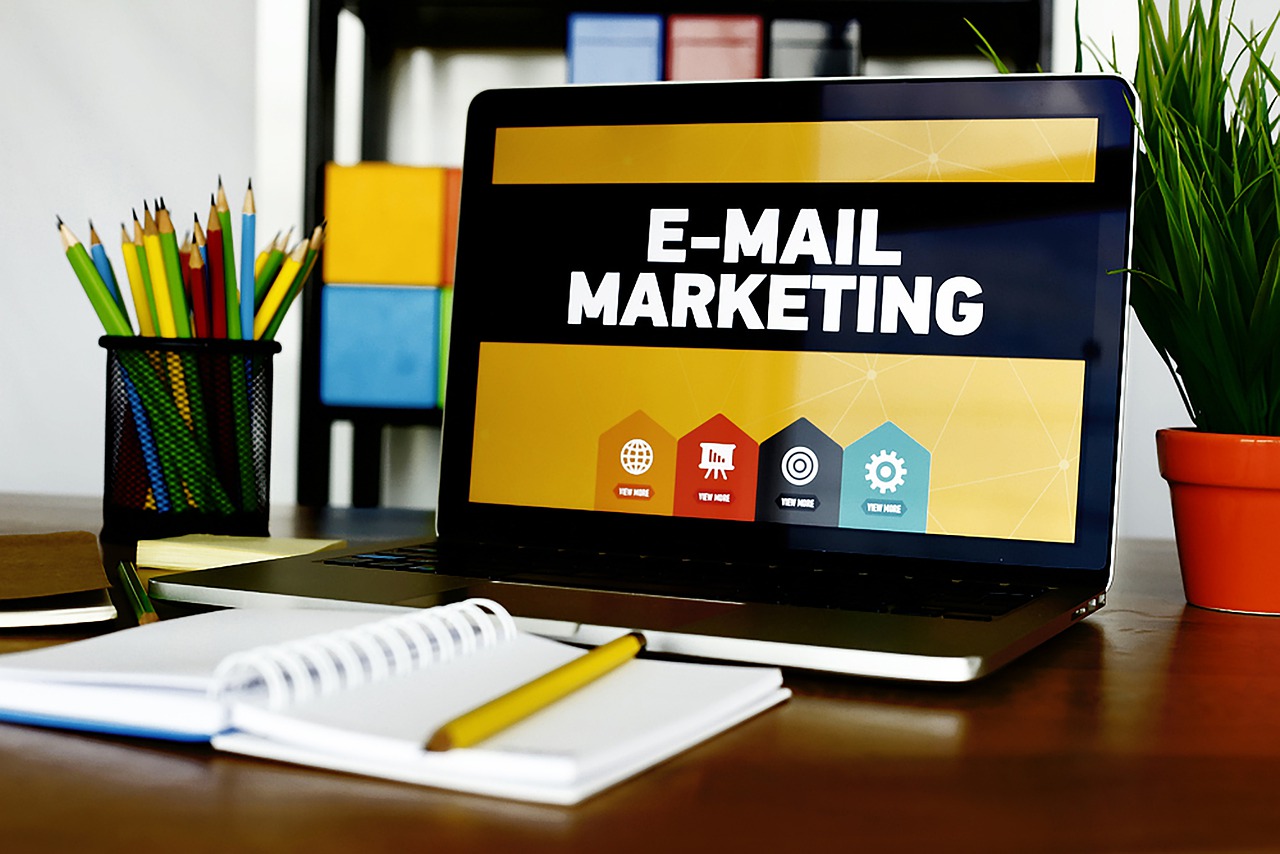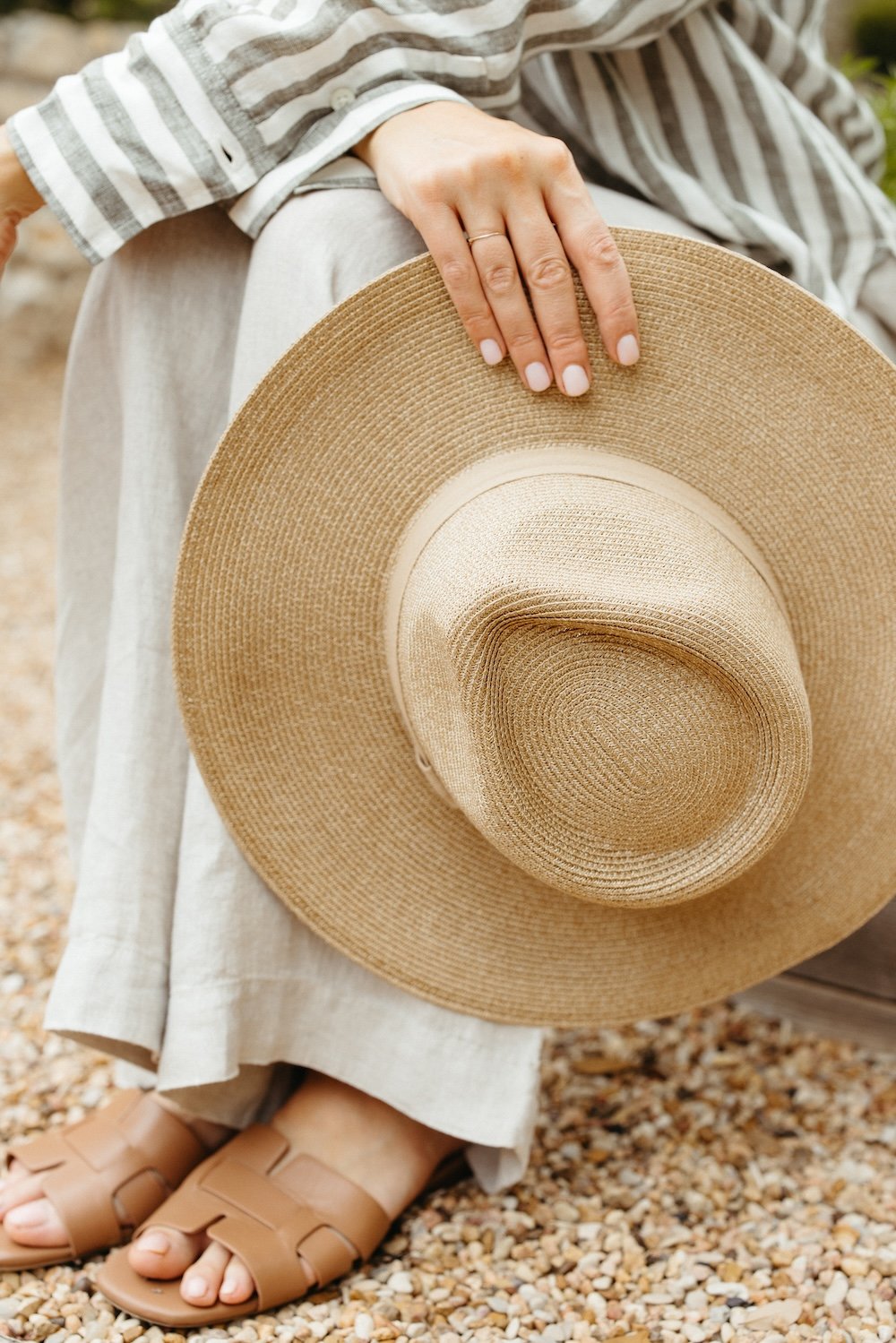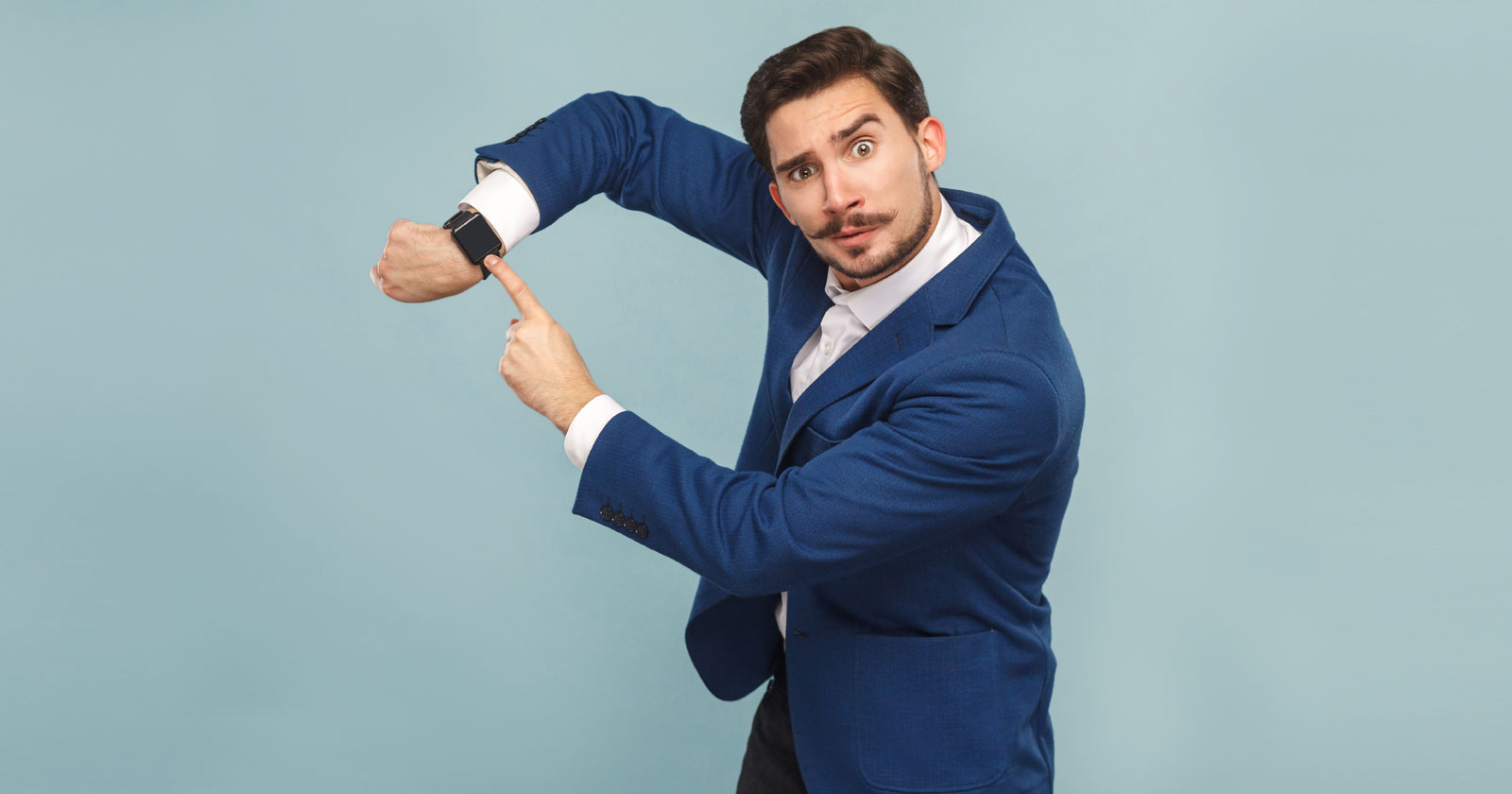How LGBTQ+ TikTok influencers navigate Pride Month campaigns
LGBTQ+ TikTok creators offer advice to brands during Pride Month.

LGBTQ+ creators are speaking out on brands’ influencer marketing tactics during Pride Month. From overloading followers with LGBTQ+ messaging, to brands only engaging with queer creators in June, queer influencers often find themselves balancing the substantial financial gain the month brings with the rainbow-washing that’s seeped its way into the creator economy.
Cyrus Veyssi, a nonbinary content creator known for their comedic posts, said they can tell how serious a brand is about Pride Month based on when the company reaches out to partner. In the case of shoe brand Dolce Vita, they contacted Veyssi early this year to discuss Pride Month, and they note that the brand is a “case study in an authentic campaign.” But Veyssi has found a bulk of requests didn’t start coming in until the end of May, noting they received 15 to 20 inquiries from May 25 through June 2, and they are still getting offers. “That can feel like an afterthought,” Veyssi said.
Sign up for our Influential Marketing newsletter here.
Veyssi advises brands to initiate outreach with something personal or that shows a brand is familiar with their content. Often, this doesn’t happen.
TikToker Eric Sedeño, a gay creator who boasts 759,000 followers, poked fun at the language brands used to reach out to him for Pride campaigns, citing his “vivacious personality” and loving the way he “sparkles.”
TikTok’s skyrocketing popularity has created a new generation of influencers, with the algorithm making it easier for viewers to stumble upon queer creators.
The percentage of U.S. adults who identify as LGBTQ+ has doubled over the past decade, from 3.5% in 2012 to 7.1% in 2021, according to a 2021 Gallup Poll. For some generations, this number is even higher—with 10% of millennials identifying as queer and 20% of Gen Z’ers. Over 60% of Gen Z’ers use TikTok on a weekly basis, according to a November 2021 Forrester survey.
“If you were a queer kid growing up in the 90s, you were on message boards and in chats, where everything was anonymous,” Heather McTavish, group creative director at creative agency Virtue Worldwide, wrote in an email. “TikTok has created multiple queer communities where queer people of all shapes, sizes and ages can see themselves in it.”
The biggest change Veyssi has seen in Pride Month campaigns is 95% of the requests they received this year are for TikTok videos, whereas last year most of what they did revolved around Instagram. And although it might seem easy enough for an influencer to field a multitude of these requests, Veyssi is careful to only work with brands that resonate with them personally.
Christina Jones, senior VP of talent at social influencer marketing agency Digital Brand Architects, said her clients, including makeup artists and YouTubers Manny MUA and Patrick Starrr, are very selective about which brands they work with, especially around Pride. They look at how the brand has supported the LGBTQ+ community outside of June, and how often they engage with queer creators year-round. “I rep two gay parents, and they are still parents outside of Pride,” Jones said.
But turning down pitches isn’t necessarily easy. For some LGBTQ+ creators, Pride Month can be their most financially lucrative time of the year.
Being part of and holding the attention of a queer audience gives LGBTQ+ creators more negotiating power this time of year. Many are being transparent about how June can be a time when they make their “bread and butter,” as trans creator Dylan Mulvaney said in a recent video. Mulvaney, who has 4.2 million followers, has been documenting her transition to becoming a female by posting a video a day about “being a girl” and what transitioning is like. She let her followers know that she will be in several Pride campaigns, but to think of the ads as a direct way of paying for her transition surgery. “This ad is paying for Dylan’s left boob, and this ad is paying for Dylan’s right boob,” she joked in the video.
The TikTok audience tends to be supportive of creators working with brands to make money, Virtue Worldwide's McTavish wrote. “Look at Doja Cat and Taco Bell, or more specifically, look at the user comments applauding Doja for getting that brand bag,” she said.
Another way to authentically work with queer creators is to hire them to consult on campaigns, even if they aren’t a part of the creative, Jones of Digital Brands Architects said. Veyssi, for one, has consulted some brands with, what they call, a “problematic history,” to help course correct.
Subscribe to Ad Age now for the latest industry news and analysis.
Depending on the brand, queer creators may also ask brands to donate a portion of sales from a campaign to an LGBTQ+ organization. Veyssi asked Dolce Vita to donate to the Trevor Project, a nonprofit that focuses on suicide prevention in LGBTQ+ people, as part of their Pride campaign. Mulvaney said she will donate whatever she makes from the TikTok creator fund and the Instagram Reels Bonus fund to the organization For the Gworls, which provides support to Black trans women.
Veyssi also recommends brands ask queer creators they work with for referrals to other creators in the community. “So much of the industry is referrals, but it’s often the same people,” Veyssi said. “I have so many creator friends I would recommend, and that mutually benefits my community.”
Content for Pride is the same for content year-round when it comes to brands trusting creators. “These LGBTQ+ creators have so many facets that resonate outside of the queer community—they are parents, athletes and small business owners,” said Jones. “Support them now and year-round.”

 JimMin
JimMin 
































